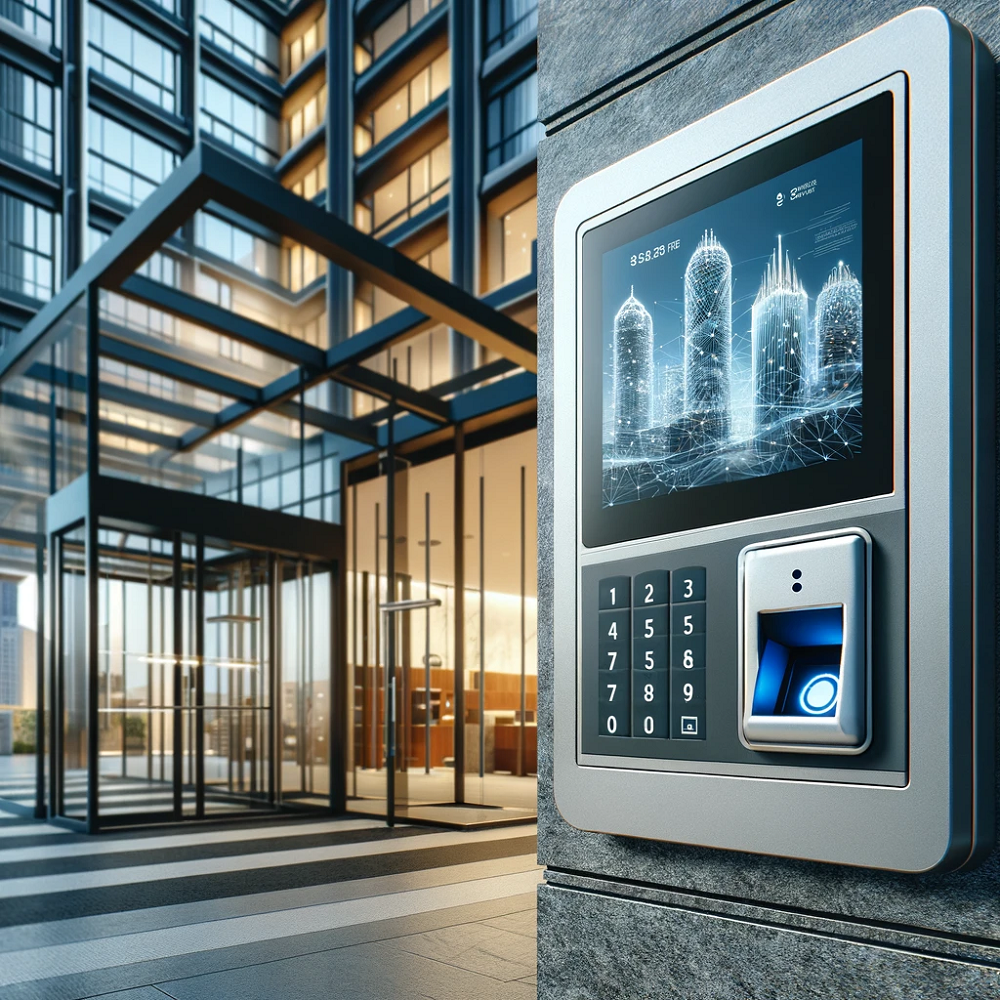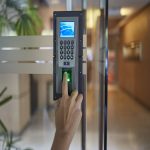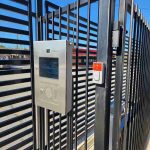Introduction to Building Access Control
When securing a property, the control of who can enter and when is vital. Building access control systems provide this security. They ensure only authorized persons can access certain areas of a property, at specific times. This control is crucial for maintaining safety and order within buildings.
What is a Building Access Control System?
A building access control system is a security measure. It manages entry to a building or space within it. The system uses various methods to allow or deny access. Examples include key fobs, PIN codes, and biometric scanners. This setup helps safeguard the occupants and assets of a building.
Importance of Access Control in Building Security
Effective building access control is important for many reasons. It helps prevent unauthorized entry, thereby reducing the risk of theft, vandalism, and other security breaches. Access control systems are also key to managing visitor flow and maintaining a record of who comes and goes. These systems play an essential role in providing a safe, secure environment for residents, employees, and visitors alike.
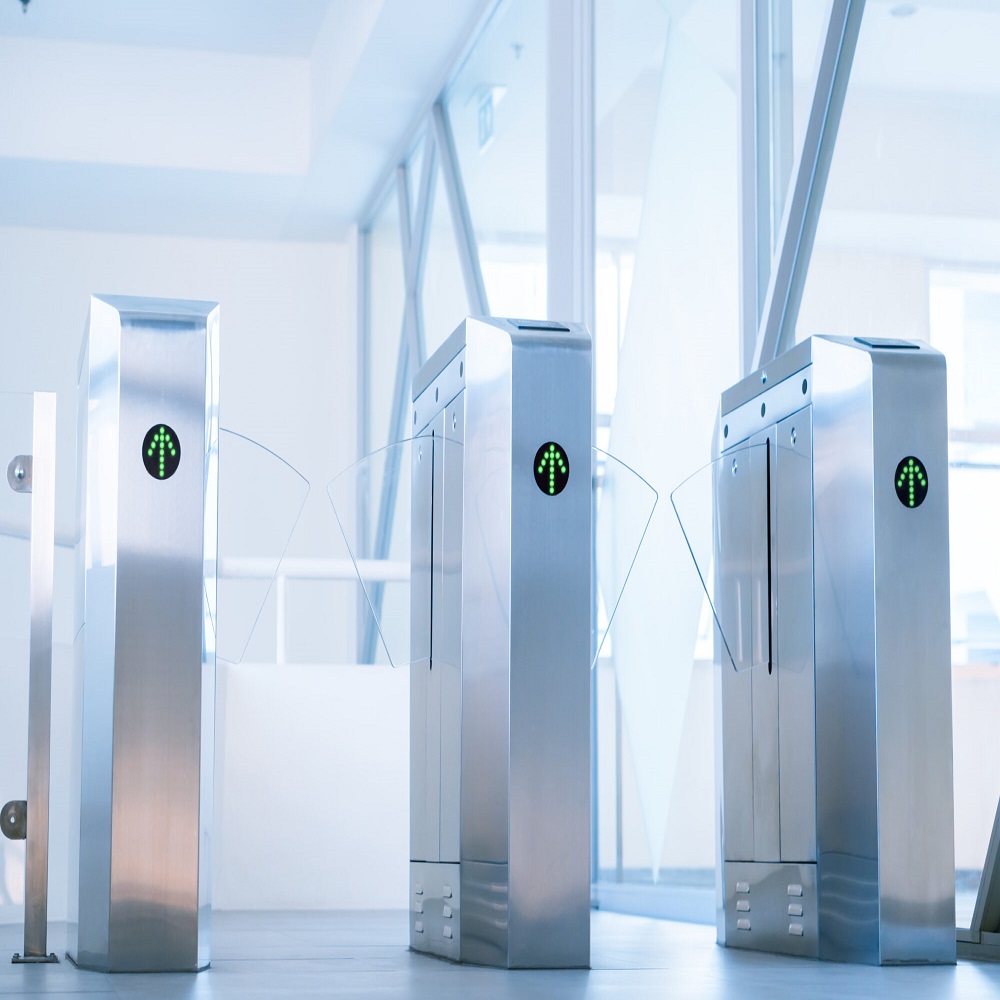
Key Components of Access Control Systems
Building access control systems are made up of several key components. These components work together to ensure only authorized individuals gain entry to a building or specific areas within it.
Manual vs Electronic Access Control
Access control systems can be manual or electronic. Manual systems rely on physical presence. This might include security personnel checking IDs. Electronic access control uses technology. It could be key cards, keypads, or biometric scanners.
Manual systems are more traditional. They include locks and keys managed by people. Electronic systems offer more features. They allow for monitoring and managing access through devices. These systems can be programmed and updated with ease.
When choosing between the two, consider convenience, security, and cost. Electronic systems are often more secure and less labor-intensive. But they might need a higher initial investment.
Understanding Cloud-Based Access Control Solutions
Cloud-based access control is a modern solution. It uses the internet to manage building access remotely. This type of system stores data on a secure server. You can access it anytime, from anywhere.
The benefits of cloud-based systems are many. They offer real-time updates and backups. They can integrate with other security systems. And, they are scalable, growing with your property’s needs.
Choosing a cloud-based system means selecting future-proof technology. It also provides flexibility for property managers and security teams. Plus, it gives peace of mind knowing that data is safe and accessible.
Installation Considerations for Access Control Systems
Setting up a building access control system requires careful planning. It’s important to consider system type, installation location, and compatibility with other security measures.
Best Locations for Access Control Systems
Choosing the right spots for access control systems is critical for effectiveness. Common installation sites include main entrances, employee-only areas, and sensitive zones like server rooms. Installing systems at these points helps monitor and control access efficiently.
Main entry points ensure that only authorized individuals can enter the building. Employee areas restrict access to staff, protecting sensitive information. Sensitive zones need extra security due to high-value assets or data.
Integration with Existing Security Infrastructure
Access control systems should work seamlessly with current security measures. This includes alarms, surveillance cameras, and fire safety systems. Integration allows for a unified security approach, enhancing protection.
Check compatibility before purchasing an access control system. It might require updates to existing security elements. Ensure that new and old systems can communicate effectively. This avoids gaps in security and maintains a robust defense system.
In conclusion, successful installation hinges on strategic placement and integration. Proper consideration ensures a strong access control system that enhances overall security.
Top Reasons to Implement Access Control Solutions
Implementing a building access control system is not just about locking doors. It’s about creating a safe, secure environment for people and assets. Let’s look at the top reasons to consider such a system for your property.
Crime Prevention and Security Enhancement
A good access control system helps prevent crime. It keeps unauthorized people out and protects residents and assets. Systems with alarms and cameras add a layer of security. They provide a visual deterrent and can alert you to any issues. Also, systems that capture entry events help create an audit trail.
Fire Safety and Emergency Response
Access control solutions can play a crucial role in emergencies. Some systems automatically unlock doors when a fire alarm activates. This helps first responders move quickly during a crisis. These features show how access control is key to not just security, but safety too.
Traffic Monitoring and Access Management
With a modern access control system, you can see who enters and leaves your building. This is important for tracking visitors and controlling access. Systems with management dashboards make it easy to update permissions. You can also view the history of entries, which improves building management.
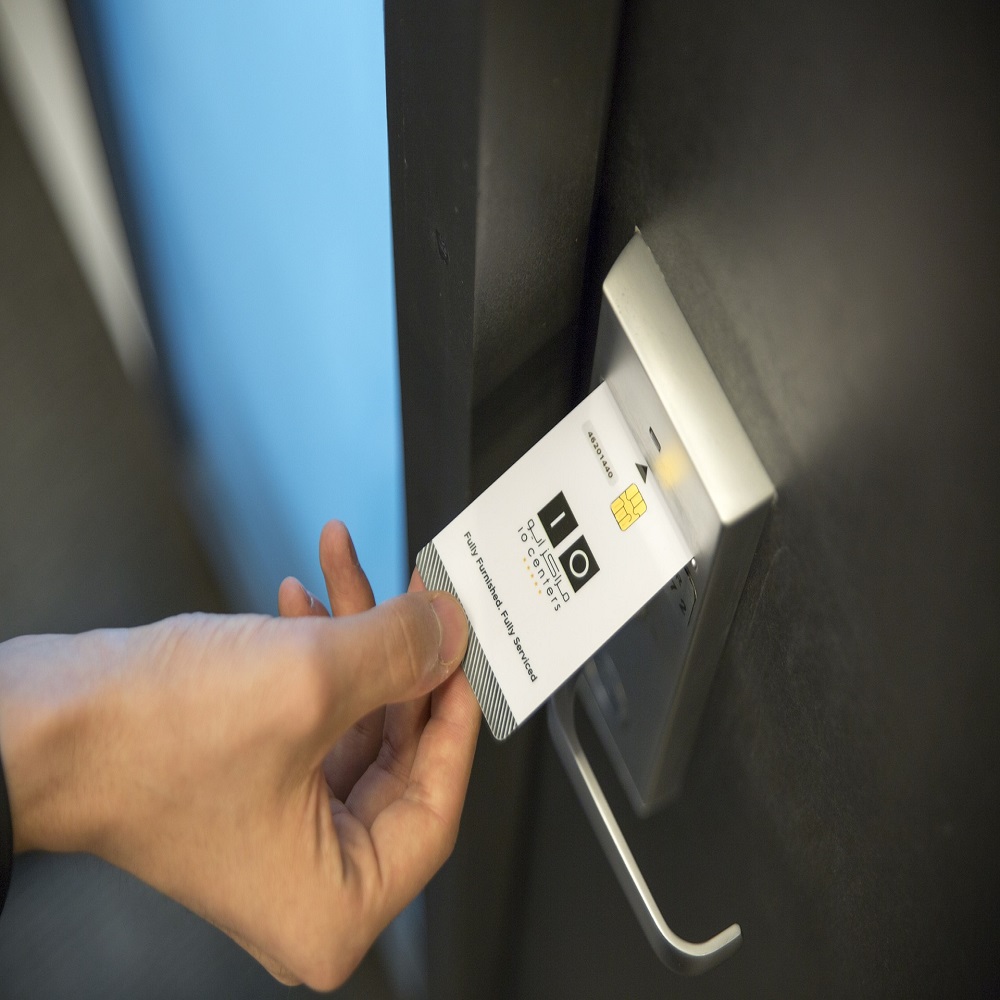
Innovative Access Control Features
Today’s building access control solutions offer innovative features that enhance security and convenience.
Biometric Verification and Mobile Access
Modern systems now incorporate biometric verification such as fingerprints and facial recognition. These methods ensure that only true authorized persons can enter. Many systems also support mobile access. This means users can open doors with their smartphones, adding convenience.
Real-Time Video Surveillance Integration
Integration with video surveillance is a key feature for real-time monitoring. This allows property managers to see live footage of entrance areas. It can help identify any security events as they happen.
Virtual Keys and Remote Management Capabilities
Some access control systems allow for the creation of virtual keys. These keys can be sent to visitors’ phones, giving them temporary access. Remote management capabilities let administrators manage the system from anywhere. They can update permissions and monitor access events in real-time.
How to Choose the Right Access Control System
Choosing the right access control system is critical. It can make a big difference in security and convenience for your building. Here’s how you can select the best system for your property.
Assessing Your Property’s Specific Needs
Look at what your property requires. Consider the size of your building, the number of entry points, and your budget. You also need to think about the flow of people coming in and out. Identify risks and what you need to manage them. Think about future growth too. You might need a system that can grow with your property’s needs.
Comparing Different Types of Access Control Technologies
There are many access control systems out there. Manual systems may use keys and locks, while electronic systems might have keypads, card readers, or even biometric scanners. Cloud-based systems offer remote management and integration with other tech. Look for features that fit your property. For example, if you have many visitors, you may want a system with visitor access options. If security is key, consider biometric systems. Find something that balances security with ease of use.
Considering Ease of Installation and Maintenance
You want a system that’s easy to install and maintain. Easy installation means less downtime and potential cost savings. Consider maintenance too. You’ll want a system that won’t need constant fixes or updates. Check if you can handle small issues on your own, or if you’ll need ongoing support from the provider. Remember, less complex systems might mean easier upkeep.
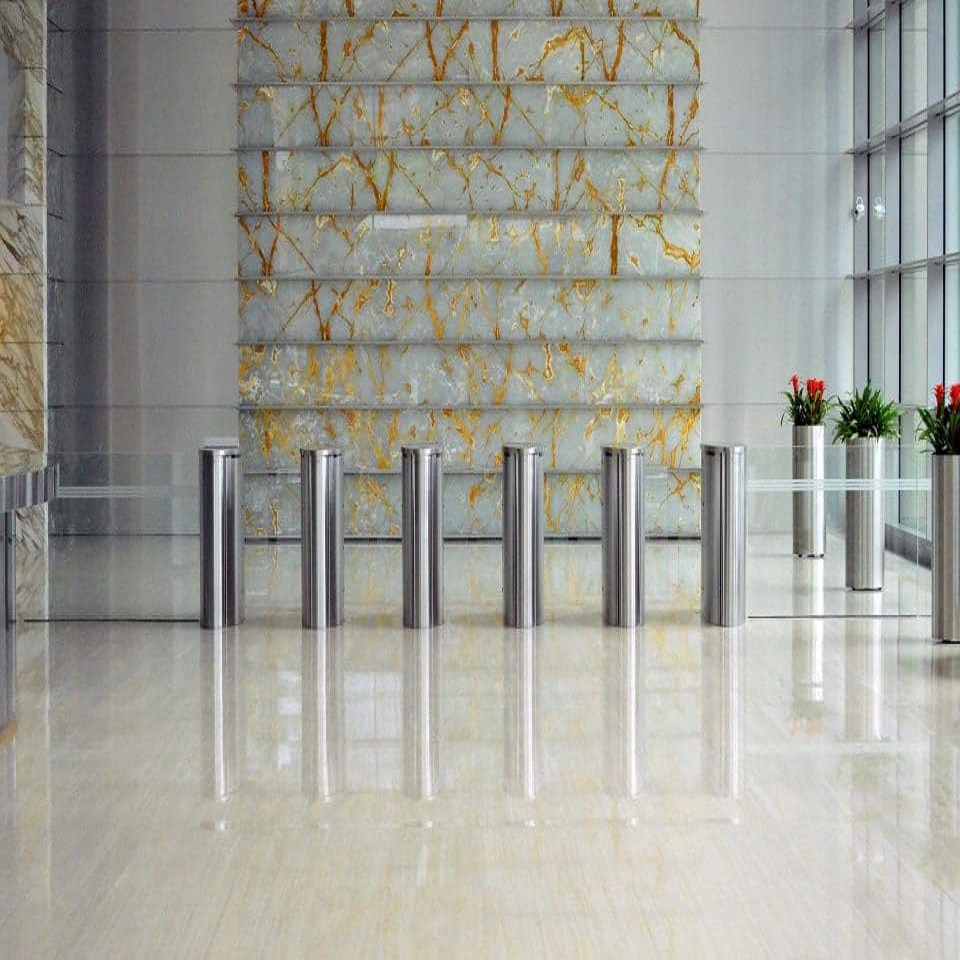
Final Thoughts on Building Access Control
As we close this discussion on building access control, it’s clear that these systems play a pivotal role in ensuring the security and safety of properties. From deterring crime to managing who can access different areas, access control is an indispensable component of modern security strategies.
The Future of Access Control Technologies
The evolution of access control technologies is pushing boundaries, making systems more secure, user-friendly, and efficient. Expect to see more advanced biometric systems and further integration with smart building technologies. The rise of IoT devices enables access control systems to become even more integrated with other building management systems, providing a seamless security experience.
As artificial intelligence and machine learning technologies advance, we anticipate smarter access control solutions that can predict and prevent security breaches before they happen. Cloud-based systems are already showing promise with their ability to provide real-time updates and data storage off-site, ensuring access control systems are always up-to-date and less vulnerable to onsite attacks.
Improving Overall Building Security Through Advanced Solutions
To enhance overall security, it’s critical to adopt building access control systems that can integrate with current security frameworks. This means selecting systems that complement alarms, surveillance cameras, and even fire safety measures, to create a cohesive and robust security network.
In the end, the right building access control system should align with your property’s specific needs and be adaptable for future technological developments. By keeping abreast of the latest technological advancements and carefully evaluating your property’s needs, you can choose an access control solution that not only fits today’s requirements but also prepares for tomorrow’s challenges.
